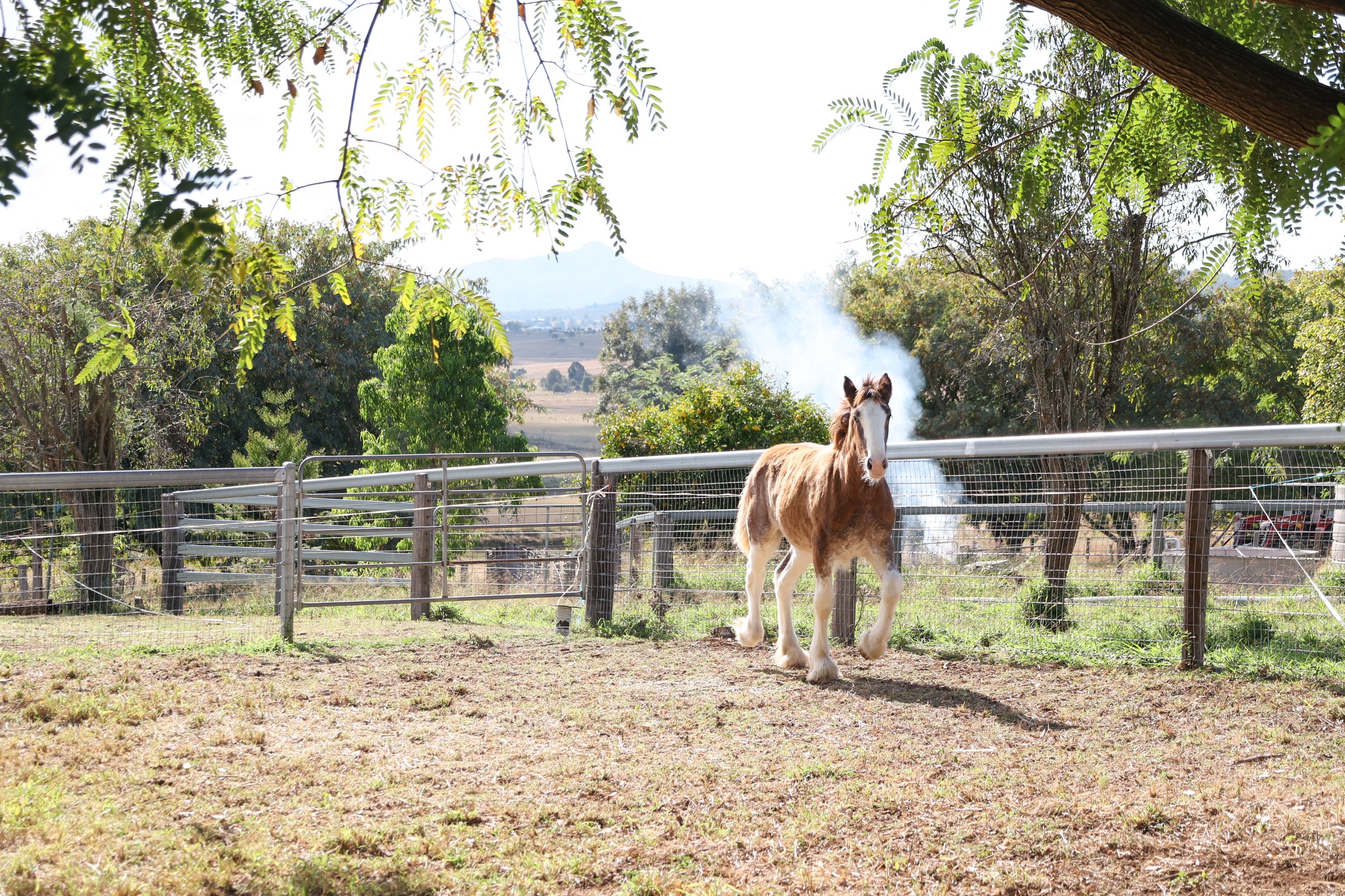Blog
Placentitis in the Mare
Twins may seem like double the fun, but in reality a twin pregnancy can result in the death of both foals and the mare. Twin pregnancies can occur if there are multiple ovulations around the time of insemination or mating. The frequency of twin conceptions varies between breeds and individual mares, with mares that have previously conceived twins at a higher risk of future twin pregnancies.
Upper Respiratory Tract Disease
Horses are obligate nasal breathers, meaning that they can only breathe through their noses. On inspiration air passes up through the nostrils, through the nasal passages and into the nasopharynx, through the larynx and into the trachea (or windpipe) to the lungs.
Wound Healing
Wound management in equine veterinary practice accounts for a significant component of practice time. Veterinarians regularly attend wounded horses in the field, and many serious wounds are referred to equine hospitals for management.
Blind Faith
Horses are very dependant on vision both as instinctive prey animals and as performance horses in which ever field of competition they are involved. While many ocular diseases in the horse have the potential to heal if treated they can just as easily deteriorate to cause irreversible loss of vision. Therefore all conditions of the eye require veterinary examination to ensure the best outcome.
Foaling
As the mare gets closer to foaling her udder will begin to develop. Some mares will ‘spring’ where the udder becomes large and then sometimes reduces again, while others will only develop their milk supply in the few days prior to foaling. One sign that foaling may be imminent is the development of a small wax plug at the tip of the teat and some mares may dribble milk.
Some Interesting Facts About The Horse
Horses and ponies both belong to the family Equidae. Although generally differentiated by height there are also other differences in conformation and temperament. Ponies often exhibit thicker manes, tails and coats. They also have proportionally shorter legs, wider barrels, heavier bone, thicker necks and shorter heads with broad foreheads. In all other respects however they are very similar.
Skin Skin Skin
The skin is the largest organ of the body and creates a protective layer between the environment and the horse. It is also the most visible organ and therefore any problems with your horse’s skin can be easily noticed. Skin lesions may be caused by infections, inflammatory reactions, tumours and even systemic illness can manifest as skin changes.
Heavy Horses in Dunedin
From the time they arrived at a car park in St Andrew St in Dunedin with their entourage of various wagons and people, to when they arrived at Forbury Park several hours later, a company of well-groomed Clydesdales attracted crowds.








